Lanzhou, Gansu, China. Visited on 14 August 2024
From Zhangye, I made an unplan detour to Xining in Qinghai after hearing that there were attractions worth seeing. The train only took 2 hours to arrive. After failing to find suitable accommodation online, I went walking around the city upon arrival, as I have always done. Upon being told I was a foreigner, all the small hotels and guest houses declined to accept my booking, even after we had agreed on the room rates. They suggested I go to the more expensive hotels instead. It was a first on this trip and a big blow. Having lived in China for more than 20 years, and a Chinese carrying a long-stay visa, I count China as like a home. So, to be spurned and unwelcomed felt like a jilted lover. I decided to go back to the train station and headed for Lanzhou in the late afternoon.
It was a breeze, as the train sliced through the 500 km in 3 hours. I became familiar with the name of Lanzhou because Lanzhou Beef Noodle is very common across China and can be seen in many cities, including Kuala Lumpur. The Han Chinese are the majority but other minorities, such as the Hui Muslims, are visible, reflecting the exchanges from when Gansu was a significant part of the ancient Silk Route and an important outpost in Chinese history.
It had been drizzling the whole morning, and the sky was overcast. Local tourists still abounded, their spirit not dampened. I came excited to see the Yellow River or Huang He (黄河). The basin, the second longest river in China, is known as the Mother River, the birthplace of ancient Chinese civilization. It has been yellow for a long time, for generations. It is the most sediment-laden river in the world, the yellow sediment carried downstream from the Loess plateau. It is chalk yellow, like black milk tea. Even if the fish are not choked to death swimming, can they see where they are going? It is both a curse and blessing, as the cradle of civilization and the cause of many disastrous floods.
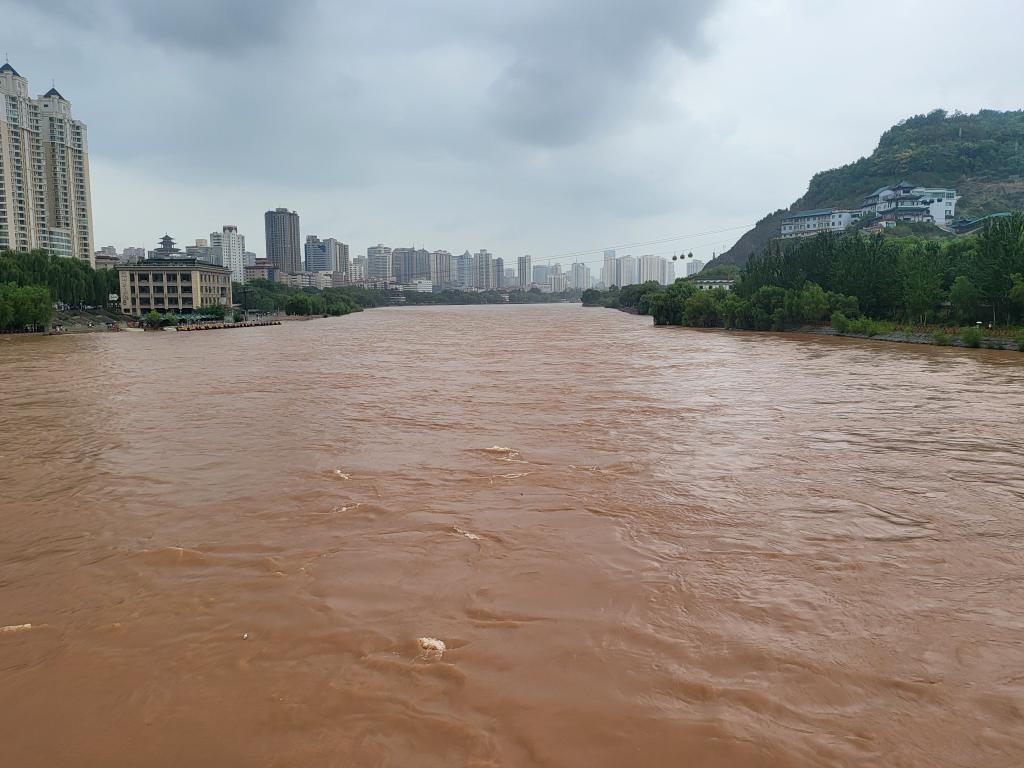
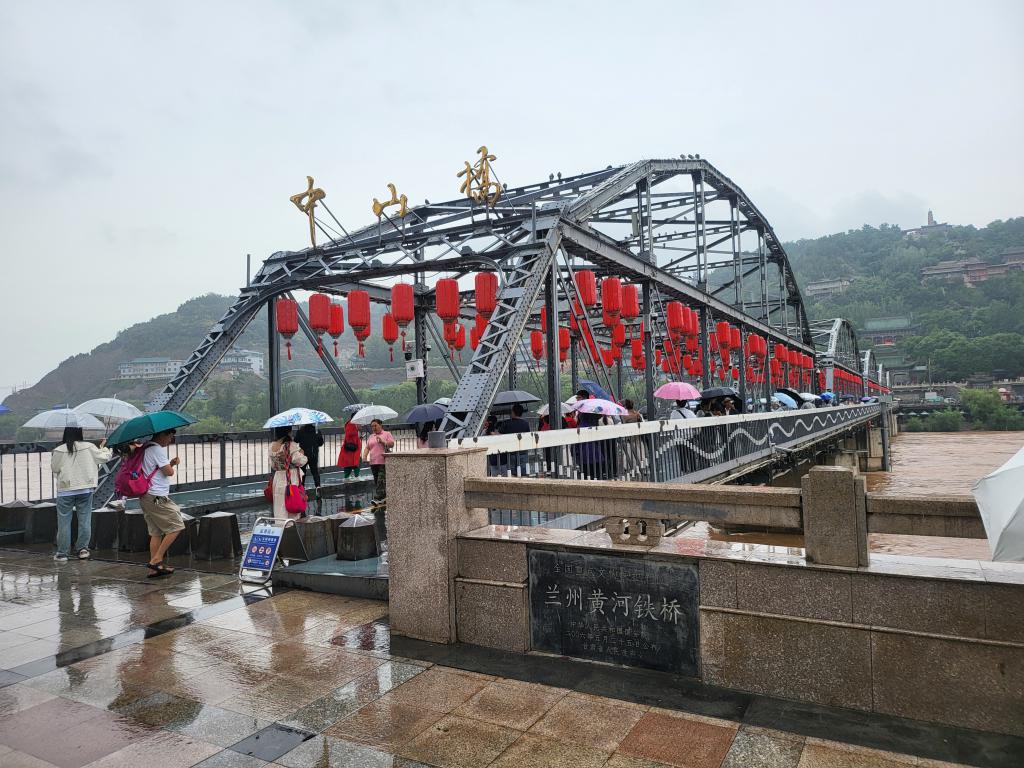
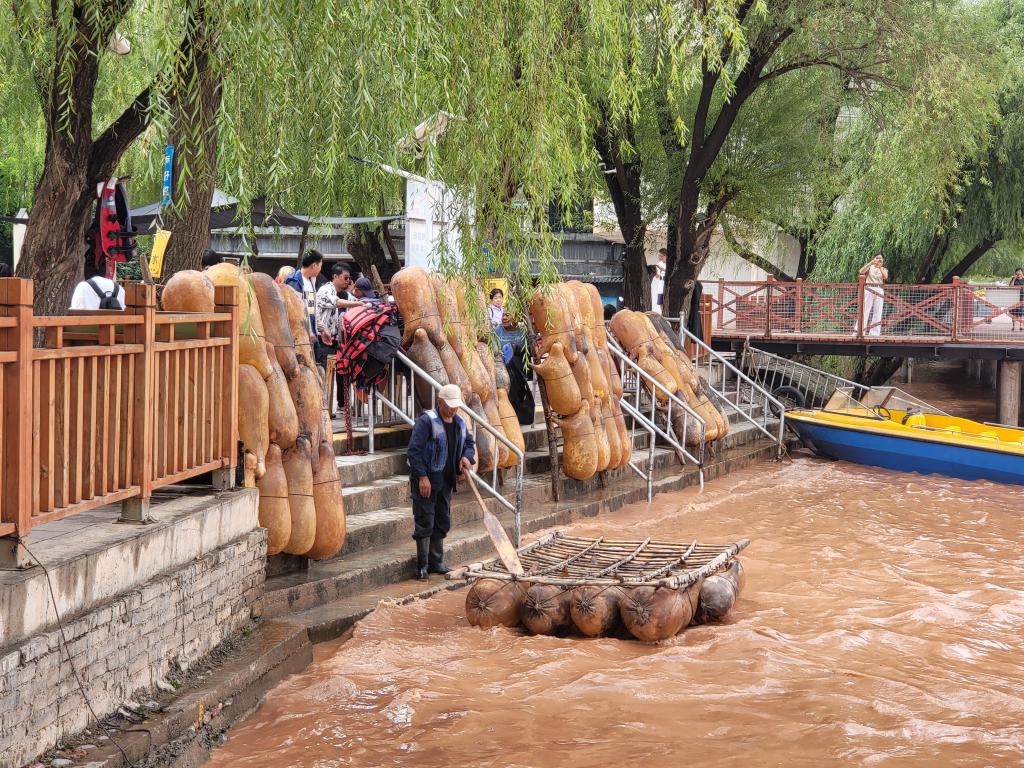
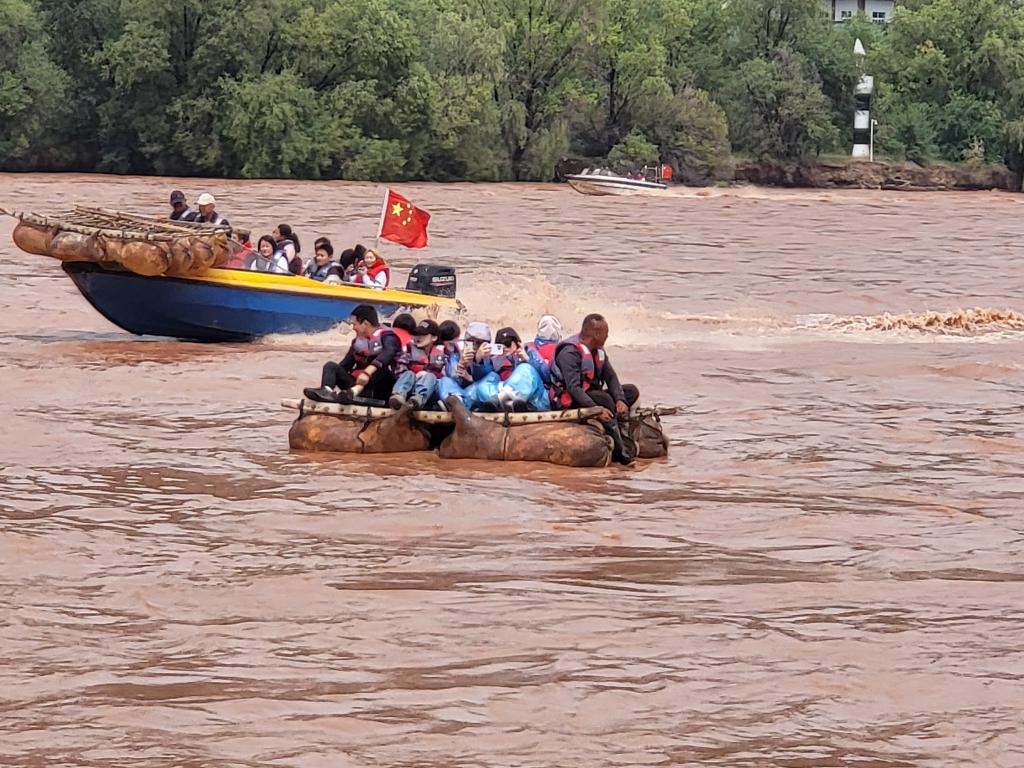
Lanzhou is both modern and traditional, with historical buildings nestled among modern concrete structures. The Chinese people know their tumultuous history well. Classical poems are regularly recited by children. Ancient Chinese calligraphies that evolved through thousands of years can be seen inscribed on tablets and buildings, ubiquitous as decorations. Traditional food, including many snacks, the only simple joy our ancestors could afford, is still addictive here. Wherever we are, no matter our station in life, we cling to these old tastes, the taste of nostalgia, the unforgettable flavors that we grew up with, that our more modern, sophisticated tastes can never replace.
I thought I had lost my way through Western modernization. Now I felt reconnected with a culture and history that had become estranged. I think I am becoming more Chinese – it feels wonderful.
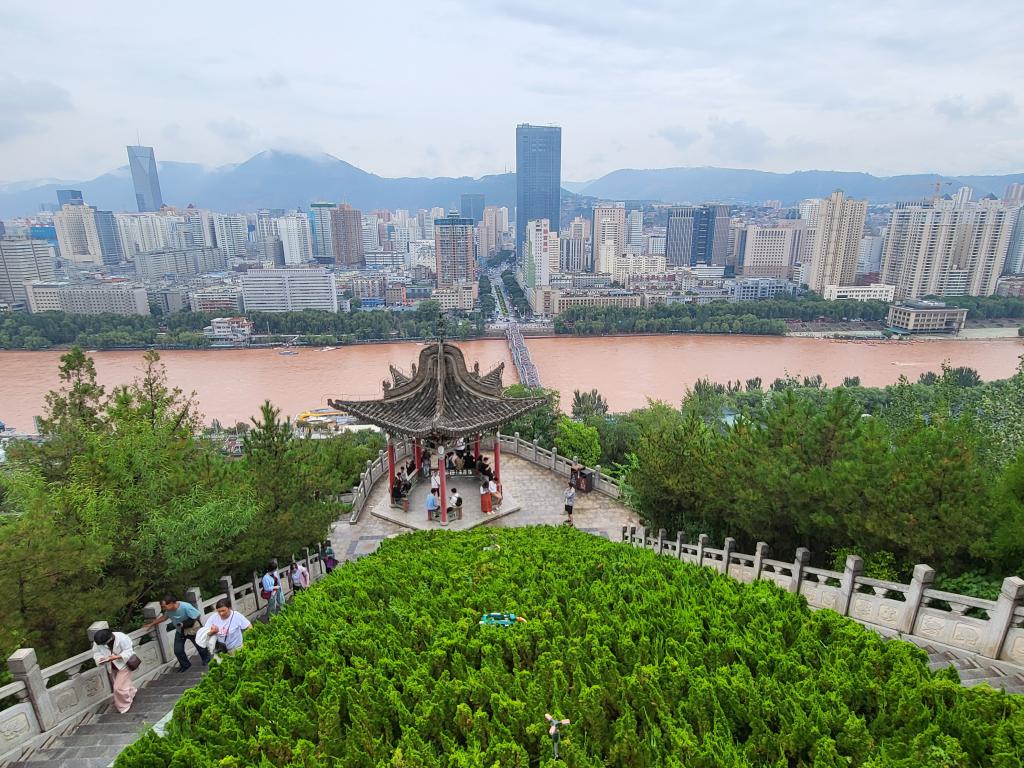
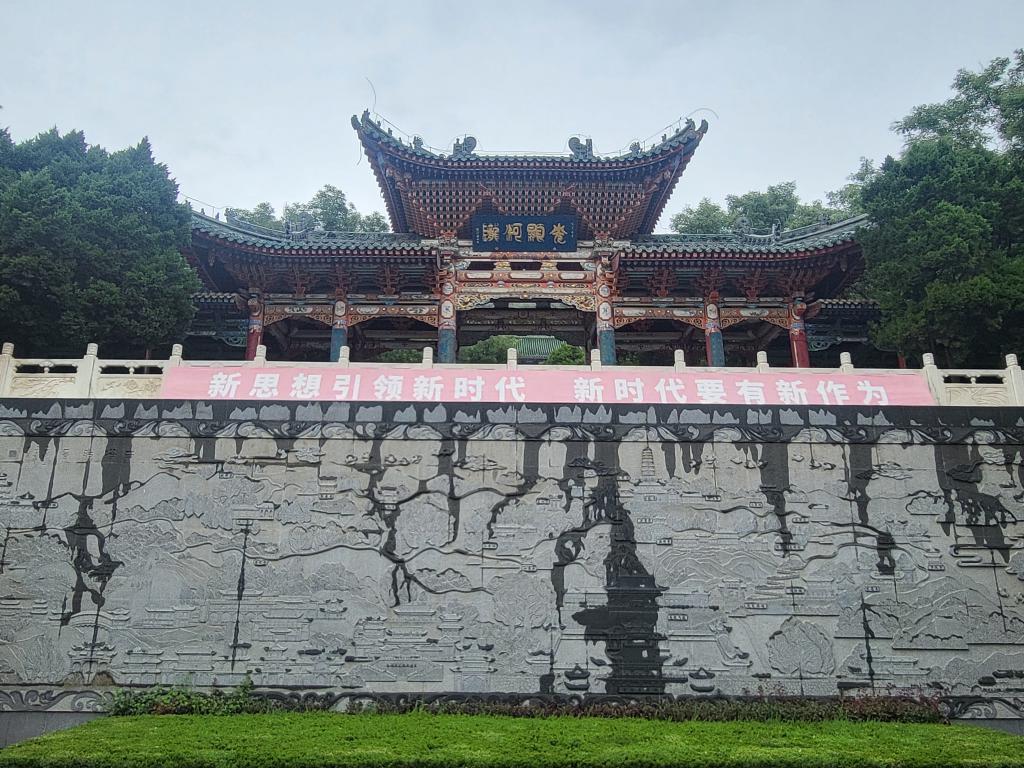
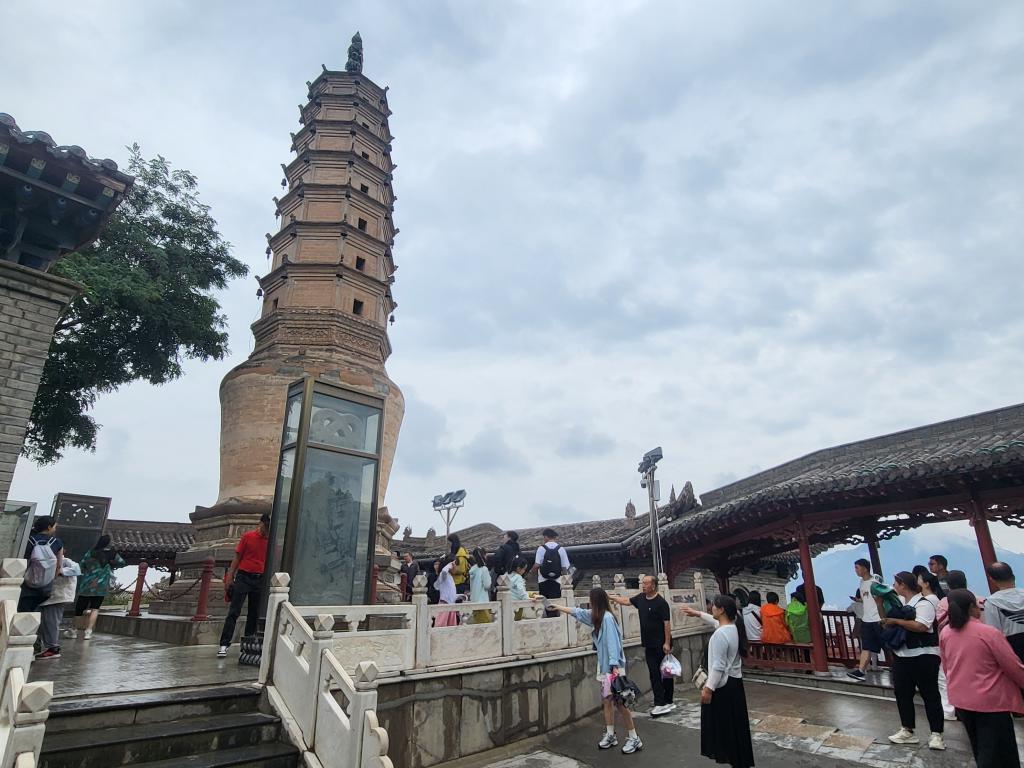
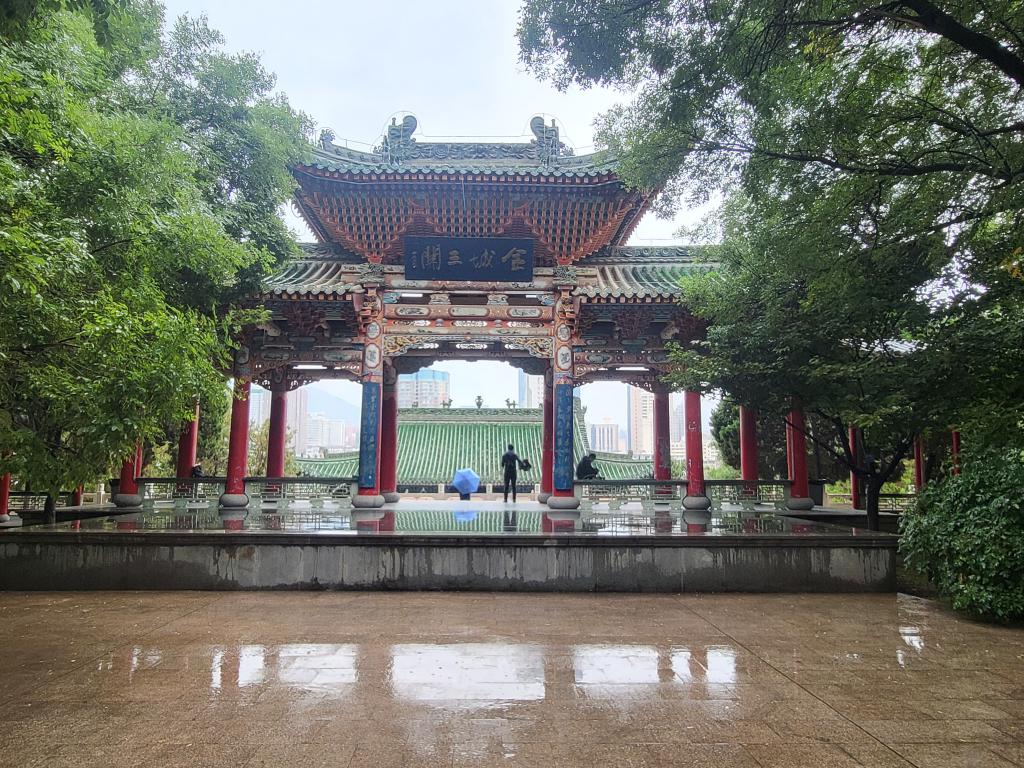
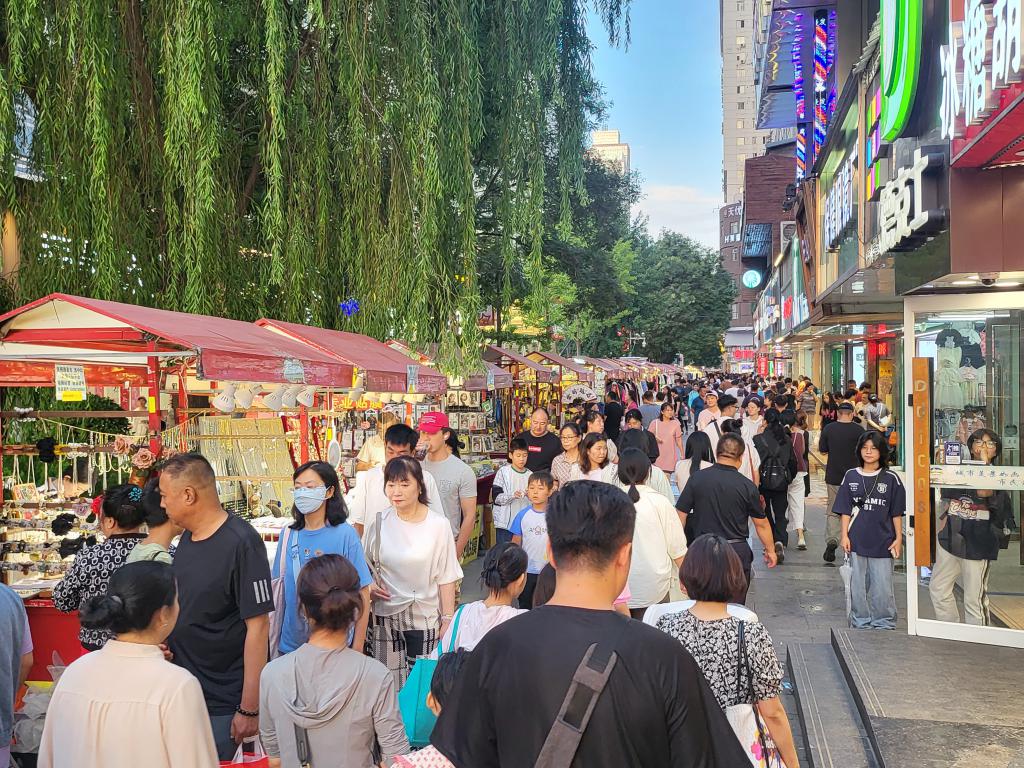
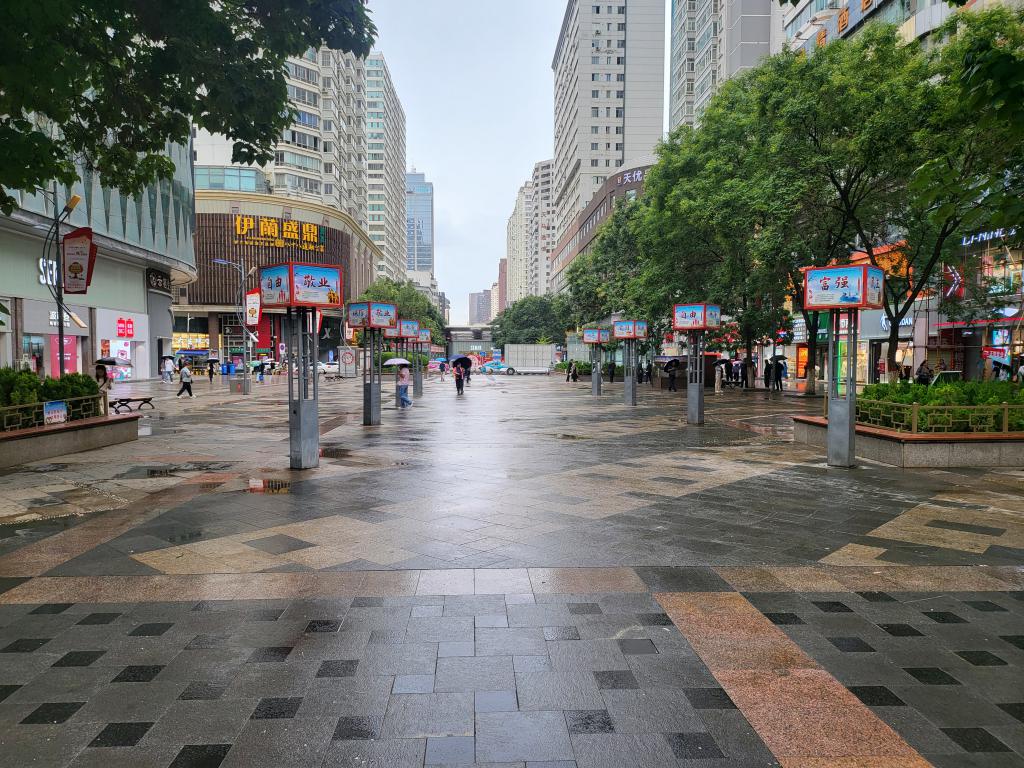
To go to the next Stop, click the link below:
To start from Stop 1, click the link below:
The Stops on this Trip:
hina Urumqi > Turpan > Kuerle > Kuqa > Kashgar > Kuqa > Nalati (via Duku Scenic Drive) > Kuerdening > Yining > Sailimu Lake > Yining > Urumqi > Buerjin > Kanas Lake > Hemu > China Urumqi > Kyrgyzstan Bishkek > Bokonbayevo (Issyk kul Lake) > Karakol > Kyrgyzstan Bishkek > Uzbekistan Tashkent > Tajikistan > Khujand > Panjakent (and Haft Kul/The Seven Lakes) > Iskanderkul > Dushanbe > China Urumqi > Hami > Dunhuang > Jiayuguan > Zhangye > Lanzhou > Xian
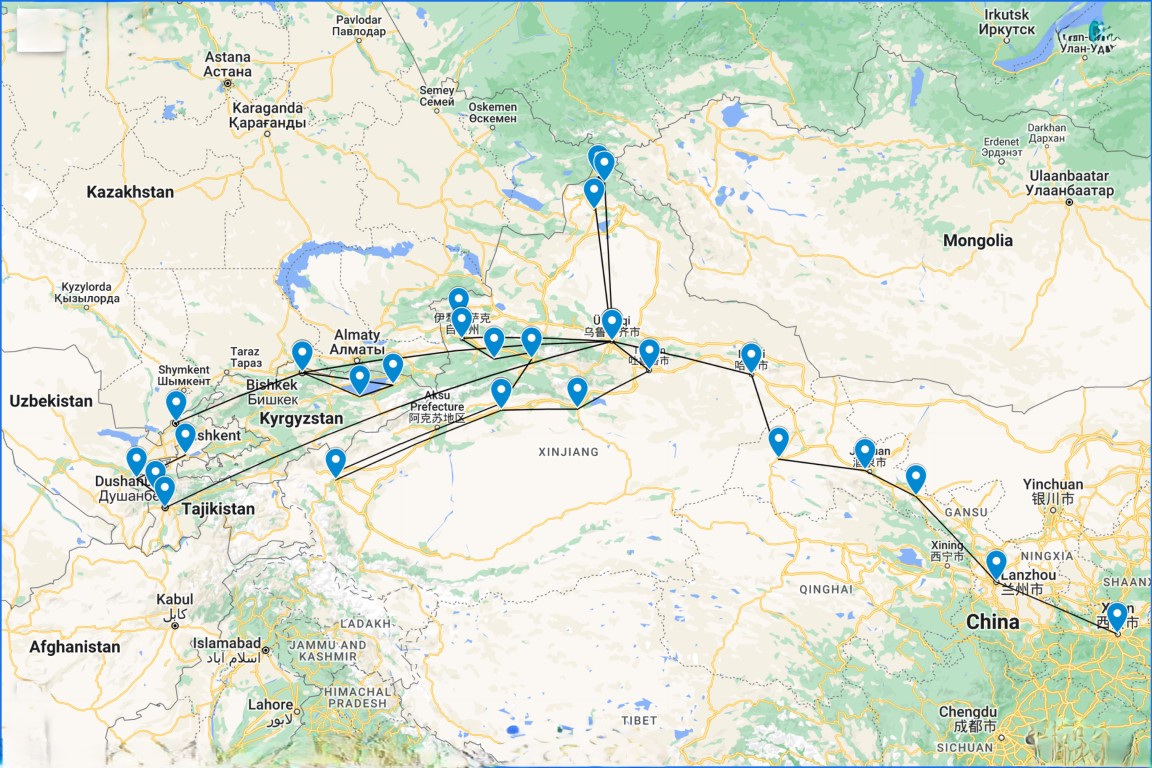
X777LIVE! Okay, gotta say, their live dealer games are pretty smooth! Good video quality and the dealers are actually engaging. If you’re into live casino, it’s worth a peek. x777live
Heard good things about Dua66. Time to check it out and see for myself. Let the games begin!. Check it out dua66.
Aight, 7f777 is what it is. Nothing too crazy, but a solid place to kill some time. If you’re bored, check it out. 7f777
pwiph seems like it could be a good resource. I’m interested to explore its features and see what it can offer. Have a look at pwiph
Downloaded the sv66apps a few days back and I like it! Much easier to play on my phone. Pretty smooth too. Give it a try at sv66apps. May your odds be forever in your favour.